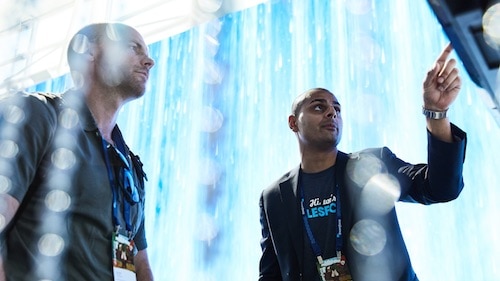What’s the best customer support experience you’ve ever had?
Whether your interaction took place on the phone, via email, in person, or using social media, you’re likely to recall the experience as easy, fast, responsive, personalized, empathetic, or even effortless. Ultimately, the best support experiences result in the timely resolution of the problem that prompted you to contact customer support in the first place.
But wouldn’t it be better if you didn’t have the problem at all, or if the business contacted you because they knew you needed help? How do companies progress from reactively fixing what’s broken, to engaging proactively and anticipating needs before they occur?
Differentiating customer success and customer support
Enter customer success — the mission-critical function that helps shift customer relationships from, “How do we fix what’s broken now?” to “Where do we have the potential to go together?”
Customer success builds a bridge between what a customer buys and realizing value from their investment. While customer support remains a critical function — because even the best products and processes break down — fixing what’s broken isn’t enough to develop and sustain loyal customers over the long term. Helping customers realize the value of your business product or service is what builds relationships and an affinity for your company.
What other attributes differentiate traditional customer support from customer success? And what can your customers expect from each function?

Getting into the customer success mindset
Customer success is defining what success means to customers rather than to your company. This can involve investing in resources to help customers realize their goals, capture ROI, and discover new paths to growth.
Three key factors influence the effectiveness of customer success teams:
- Reporting Structure: Reporting directly to the CEO is best
- Core Values: Emphasize customer success as a core value that makes the entire ecosystem successful
- Funding: Have a funding model based on what makes customers successful
To start a customer success dialogue within your company, ask:
- Who are our key customer segments?
- How do we measure success for each customer segment?
- When was the last time we refreshed our segmentation and metrics?
- Who are the most critical customers for us to retain?
- What would it take to pilot a customer success program with one of our top customers?
Customer success is one of our core values at Salesforce. For more ideas to further your journey and learn how we built our customer success organization, download the case study.




























